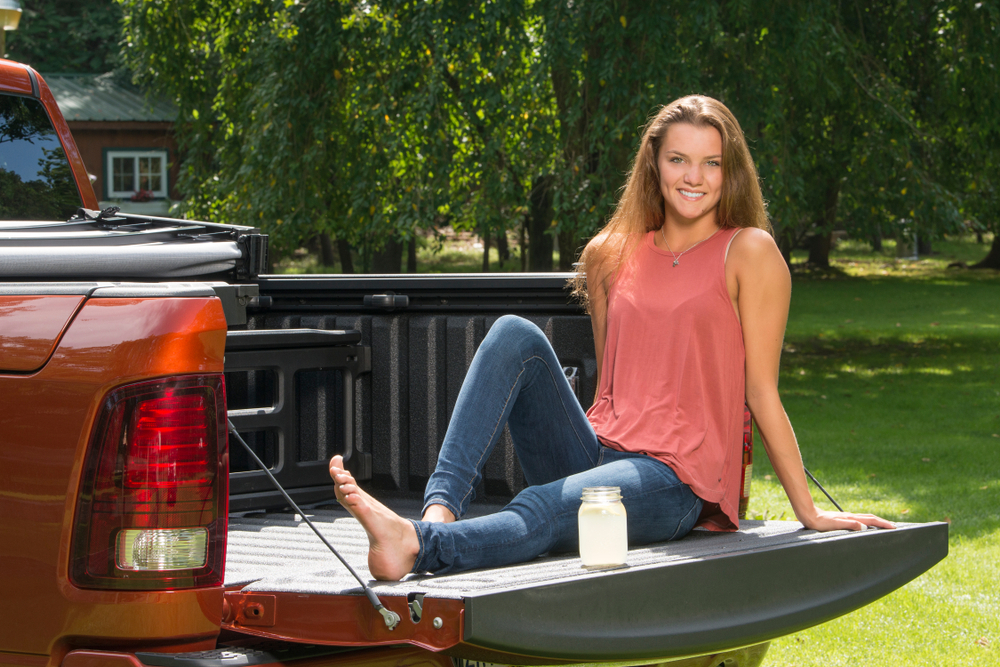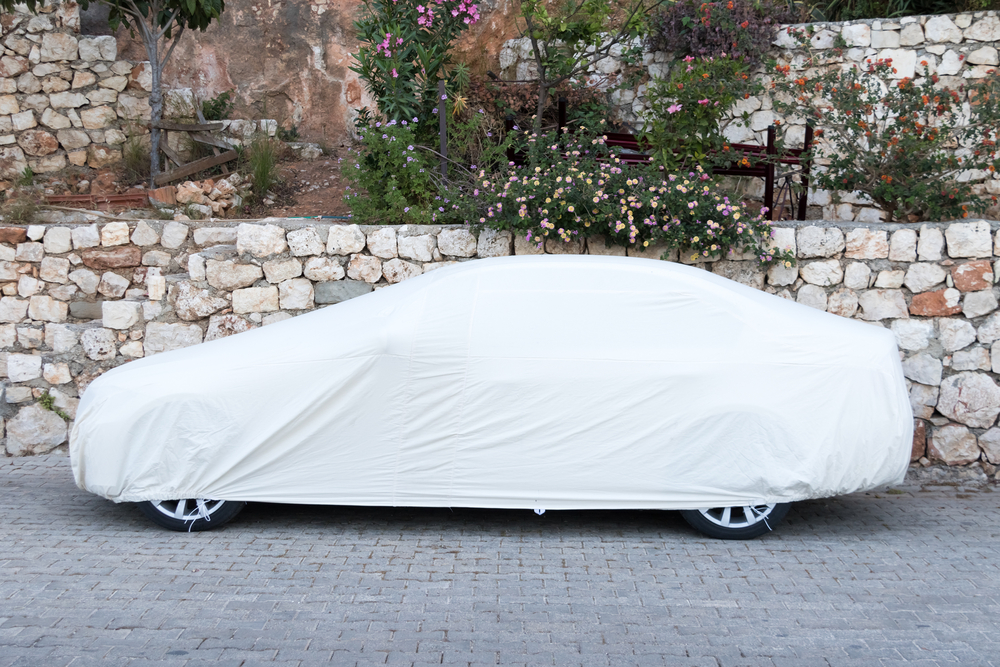Comprehensive Maintenance and Care Tips for Your Truck Bed Cover
This comprehensive guide offers expert tips on maintaining and caring for your truck bed cover, including safety precautions, regular cleaning practices, and extending its lifespan. Proper upkeep not only prolongs durability but also ensures your cargo stays protected from elements and theft, making your truck more efficient and secure for everyday use.

In-Depth Guide to Maintaining and Extending the Lifespan of Your Truck Bed Cover
A truck bed cover, commonly referred to as a tonneau cover, is an essential accessory for pickup truck owners who want to protect their cargo from weather elements, theft, and road debris. These covers not only provide security but also contribute significantly to the vehicle's aerodynamics, improving fuel efficiency. To maximize the benefits of your truck bed cover, regular maintenance and proper care are crucial. This comprehensive guide will walk you through expert tips and best practices to keep your truck bed cover in pristine condition, ensuring longevity and optimal performance.
Extending the Lifespan of Your Truck Bed Cover
Secure Seal and Lock Mechanism: Always ensure that your cover is properly sealed and latched before driving. A loose or improperly attached cover can be vulnerable to damage from wind, weather, and debris, reducing its lifespan. Confirm that all latches are engaged and check the tightness periodically, especially after long trips or loading/unloading cargo.
Maintain Lightweight Integrity: Avoid overloading your cover or placing heavy objects that exceed the manufacturer's recommended weight. A lightweight cover prevents undue stress on the mounting hardware, hinges, and seals, keeping these components functional over time. When handling vinyl or fabric covers, ensure they are not unnecessarily stretched or strained.
Checking the Vinyl Material: The vinyl or synthetic material of your truck bed cover should produce a drum-like sound when tapped, indicating proper tension and intact structural integrity. Regularly inspect for tears, cracks, or wear. Keep the cover closed when not in use to preserve its properties, and seal the edges with loop and hook fasteners to prevent dust, moisture, and debris from entering.
Protection from Sun and Elements: Apply UV protectant sprays designed for vinyl, plastic, or fabric covers to shield against sun damage, discoloration, and cracking. Use proper vinyl cleaners to remove dirt and grime. Avoid leaving the cover rolled up for extended periods, as that can cause material deformation or deterioration.
Essential Safety Guidelines for Your Truck Bed Cover
Proper Cargo Securing: Never use the cover as a primary tie-down point for securing cargo. Use appropriate tie-down anchors or straps designed for cargo transportation, and ensure cargo is evenly distributed and secured to prevent shifting during transit.
Routine Hardware Inspections: Regularly inspect latches, hinges, side rails, and sealing edges. Replace any worn or damaged parts promptly through your vehicle manufacturer's recommended parts to maintain security and functionality.
Wind and Weather Precautions: Be cautious when driving in windy conditions. Ensure the edges of the cover are sealed tightly to prevent lift-off or flapping, which can cause damage. In severe weather, consider removing or fully securing the cover to avoid damage from strong gusts.
Valuables and Theft Prevention: Keep valuables out of sight or locked inside lockable compartments if available. Leaving cargo or personal items exposed increases the risk of theft, so always secure your load and keep your truck's bed cover properly fastened.
Safe Use and Passenger Safety: Never sit or ride on your truck bed cover to avoid damaging the structure. If animals are traveling with you, they should stay inside the cab or in secured carriers, not on the cover itself.
Cargo Management: Properly secure all items in the truck bed to prevent shifting, which can cause damage to both cargo and the cover. Use cargo nets or straps, especially during long drives or rough terrains.
Dust and Moisture Considerations: Remember that most covers do not block dust or moisture entirely. If your cargo requires protection from these elements, consider additional measures such as tarp liners or waterproof containers.
Object Placement: Avoid resting heavy objects directly on the cover's framework or edges, as this can cause deformation or damage over time.
When Towing: If towing, fully open and roll the cover back, securing it with safety straps to prevent movement or damage during transit.
Cleaning and Routine Maintenance
Regular Cleaning: Always clean your truck bed cover in shaded areas to prevent sun-induced fading. Use water combined with a mild detergent or specialized vinyl or fabric cleaner for effective dirt removal.
Gentle Scrubbing: Utilize a soft-bristled brush to gently scrub the surface from the center outward, avoiding harsh scrapers that can scratch or tear the material. Rinse thoroughly with clean water to remove soap residue, then dry with a soft cloth or towel to prevent streaks and water spots.
Hardware Care: Periodically inspect the latches, hinges, and mounting hardware for signs of wear or corrosion. Lubricate moving parts with appropriate lubricant to ensure smooth operation. Replace damaged or worn parts through authorized dealers or the manufacturer’s recommended parts.
Professional Assistance and Manufacturer Guidelines: Seek professional help if you notice persistent issues or damage that cannot be easily repaired. Always refer to your truck bed cover’s user manual and follow the manufacturer’s care instructions for best results.
By adhering to these detailed maintenance and safety tips, you can significantly extend the lifespan of your truck bed cover, keep it looking new, and ensure it performs optimally for years to come. Whether you use your truck for work, recreation, or daily commuting, proper care ensures your investment remains protected and functional, providing peace of mind while on the road.





